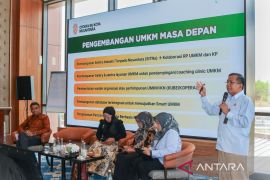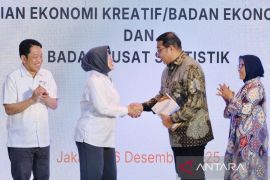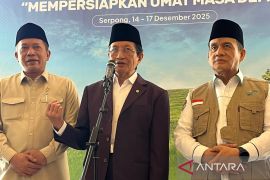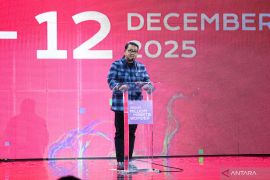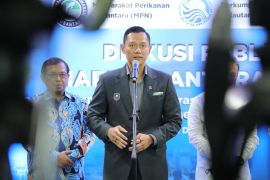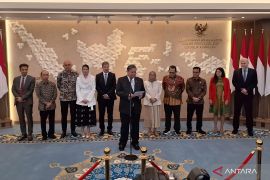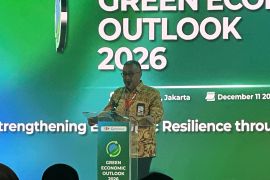The post-war era marked the rise of the liberal economy as the primary guide to global prosperity. Despite its shortcomings, the liberal economic regime indeed delivered its promise. Over four decades, it accelerated global growth and significantly reduced poverty worldwide.
As we stepped into the 21st century, the global economic landscape started shifting, accompanied by slower growth.
The latest data from the World Bank reveals that out of 107 countries classified as middle-income countries in 2000, only 16 managed to join the high-income club by 2023, while the rest hardly climbed the development ladder.
Economists are worried about the prospects of future economic growth. After the Global Financial Crisis (GFC) of 2007–2008, the world economy has become more fragmented and distrustful. Global capitalism is looking frail and discouraging.
Even the US and Western countries, which are considered the biggest proponents of the liberal economy, seem to have diverted from it by erecting protectionist policies.
Moreover, rising geopolitical tensions have exacerbated the fear of an interconnected economy. For low and middle-income countries, a fractured world means limited room for growth, higher obstacles to knowledge and technology diffusion, and increased vulnerabilities in facing future risks posed by climate change and artificial intelligence.
In "The World Development Report 2024," the World Bank has provided “prescriptions” for middle-income countries to escape their ill-fated economies. The ideas are neither unheard of nor inventive.
They put forward a classic development approach focused on three drivers of growth: investment, technology infusion, and innovation. The report highlights that middle-income countries seeking to achieve sustainable high income must undergo two economic transitions.
The first transition should prioritize investment and technology transfer to foster domestic industry development. Once technological mastery is achieved, focus on innovation to increase product value-added and achieve global technological leadership.
The World Bank has warned middle-income countries to refrain from bypassing the initial economic transitions. Moving from investment-driven growth to innovation-driven growth could result in a weak economic foundation that is insufficient to support long-term development.
This was the case in Brazil after it achieved middle-income status in the 1970s. Brazil was on the right path before it tried to establish an innovation-driven economy that failed due to inadequate technological quality and a robust economic foundation.
Indonesia escaped low-income status in the 1980s but has yet to reach upper-middle income, despite its "Golden Indonesia 2045" vision. The future remains uncertain as it falls short of the upper-middle income GNI per capita range of US$4,256–13,205.
According to the World Bank, based on the current trend, it would take Indonesia 70 years to reach one-fourth of the current US GNI per capita (US$65.103 constant price, 2015).
Assuming other countries will grow too, it would be difficult to narrow the development gap if Indonesia uses the same economic playbook.
The World Bank’s recommendations for middle-income nations aiming to achieve high-income status do not sufficiently emphasize, nor explicitly mention, the importance of a proactive government for stoking economic growth.
In a world of polycrisis, the need for the active role of the state in shaping the economy has become increasingly apparent. It is difficult to imagine middle-income countries catching up with their high-income counterparts if the state remains at the periphery of the economy, solely as a regulator.
A proactive state is crucial for driving innovation, as evidenced by Maria Mazzucato’s work, "The Entrepreneurial State." Many technologies, from the internet to semiconductors, were developed with significant state involvement, demonstrating the state’s essential role in shaping the economy.
The US government, for instance, through the Defense Advanced Research Projects Agency (DARPA), was instrumental in early semiconductor development. It funded research, linked academics with entrepreneurs, and connected startups with investors.
DARPA also assisted semiconductor companies in product commercialization by awarding them government contracts. In the process, DARPA successfully created a system sustained by a free flow of knowledge and competition among companies.
Historically, the state often took the risk of early investment in cutting-edge technologies at a time when private companies were hesitant to commit their resources.
If Indonesia's state role is crucial, how should it proceed? Despite familiar industrial policies like tax incentives, subsidies, and SEZs, the economic structure has not shifted. Policy evaluation is essential.
Indonesia can implement at least four things for the evaluation. First, Indonesia must determine which industries to prioritize to make the most of its limited resources. Indonesia may focus on those that “should become its comparative advantage,” such as maritime-based industries and green technology.
Second, the Indonesian government should employ the various policies at its disposal to support the private sector; however, the government must not blindly incentivize companies. It must select companies with potential growth and a willingness to innovate to avoid resource misallocation.
Third, the Indonesian government should strive to integrate itself into the global value chain to bolster technology transfer. Lastly, Indonesia and other middle-income countries may need to reimagine how to design their fiscal and monetary policies to strengthen economic growth.
*) Baginda Muda Bangsa is a political economy analyst with LAB 45
The views and opinions expressed on this page are those of the author and do not necessarily reflect the official policy or position of ANTARA News Agency.
Related news: Indonesia seeking retail boost for economy
Related news: Indonesia projected to be major semiconductor player: Airlangga
Copyright © ANTARA 2024


